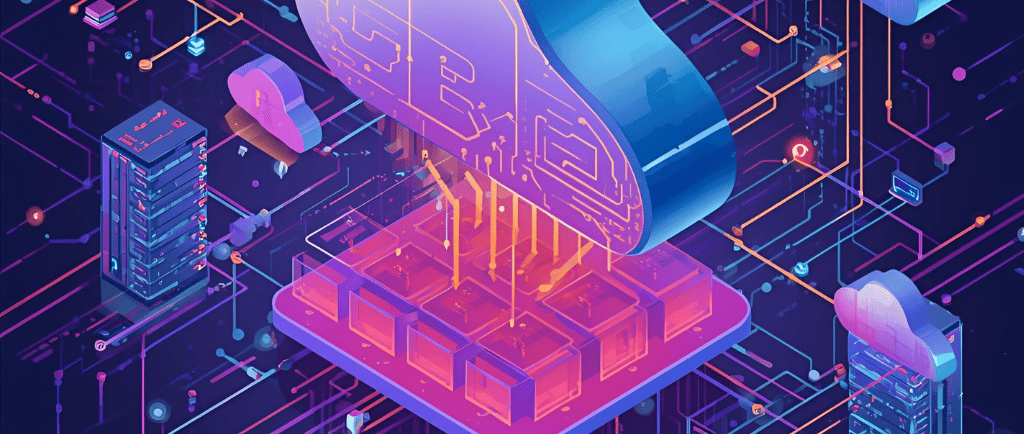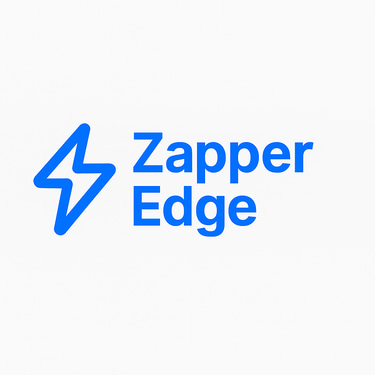Bringing Compute to Storage for Cloud AI Workflows
"Can compute-to-storage accelerate cloud AI? Zapper's in-place compute model shrinks data movement, speeds model iteration, and enforces governance—fueling scalable, secure AI workflows."
10/12/20251 min read


Traditional cloud architectures separate compute and storage, forcing data to move across networks for AI processing. This creates bottlenecks for data-intensive workflows like model training and inference. Prabhat Sharma explores a paradigm shift: bringing computation directly to storage layers (e.g., computational storage drives, smart NICs, or in-storage processing).
Key Insights:
Bandwidth & Latency Challenges: Moving petabytes of data between storage and compute clusters wastes time/resources, especially for distributed training.
Emerging Solutions:
Computational storage devices with embedded processors (e.g., FPGAs, ASICs) can preprocess, filter, or transform data locally.
Near-storage compute (e.g., embedding GPUs in storage servers) reduces data movement.
AI Workflow Benefits:
Faster data loading/augmentation during training.
Lower-latency inference by processing data at the edge.
Reduced egress costs and network congestion.
Feasibility Hurdles:
Hardware heterogeneity and software ecosystem fragmentation.
Re-architecting data pipelines for distributed processing.
Cost trade-offs of deploying specialized hardware.
Conclusion: While integrating compute and storage shows immense promise for optimizing AI workloads, its adoption hinges on mature tooling, standardized APIs, and careful cost-benefit analysis. Early experiments suggest significant performance gains, making this a trend to watch as cloud providers and hardware vendors innovate.
Connect
Secure file transfers made simple.
Support@zapperedge.com
© 2025. All rights reserved.
